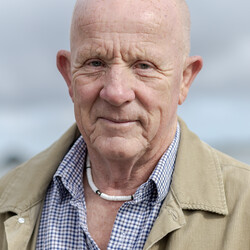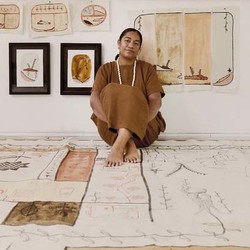Commentary
B.
Bulletin
New Zealand's leading
gallery magazine
Latest Issue
B.21601 Jun 2024
Contributors
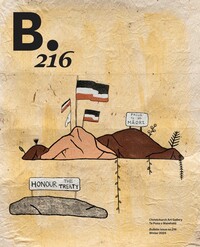
Commentary
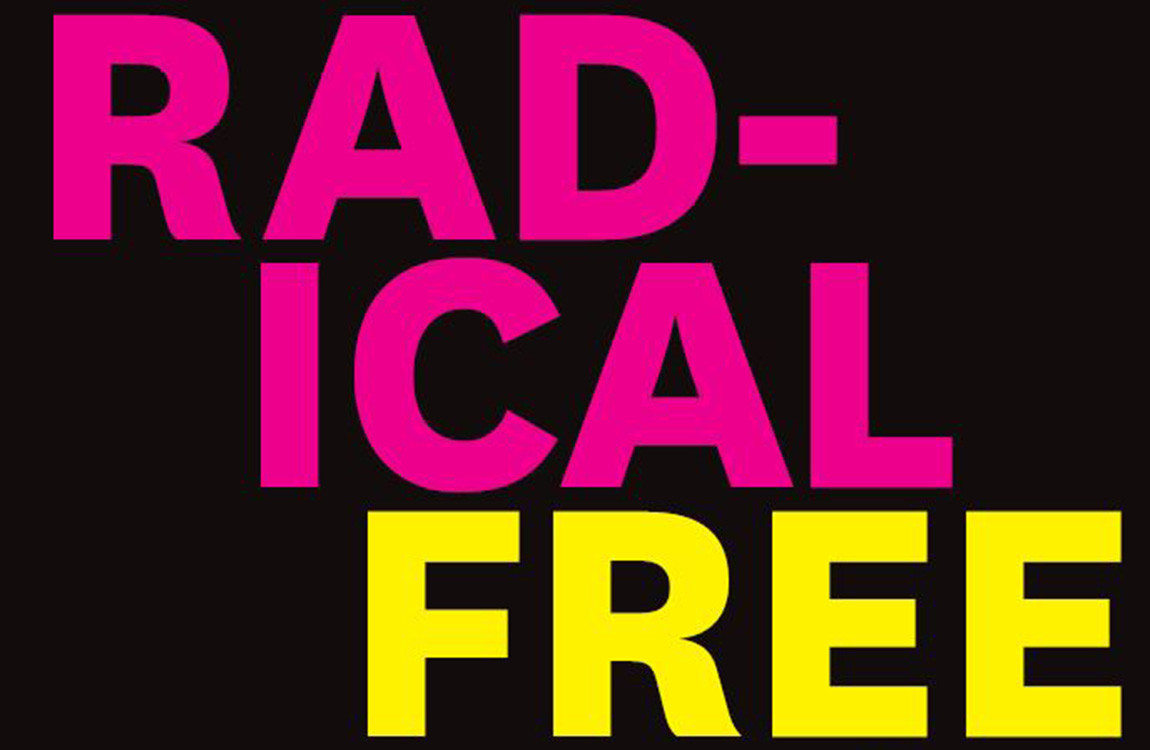
Radical freedoms
The recent furore around Eleanor Catton's comments in the wake of the NZ Post Book Awards, and the tone of the subsequent debate that ensued, has prompted us to think again about the role of the public intellectual in New Zealand. In our role as visual archivists of this city, and this country, critical reflections on the contemporary are something we frequently expect of artists. But to what degree do artists exercise their individual freedom to radically question community values? And who claims this role for artists and in what situations?
Commentary
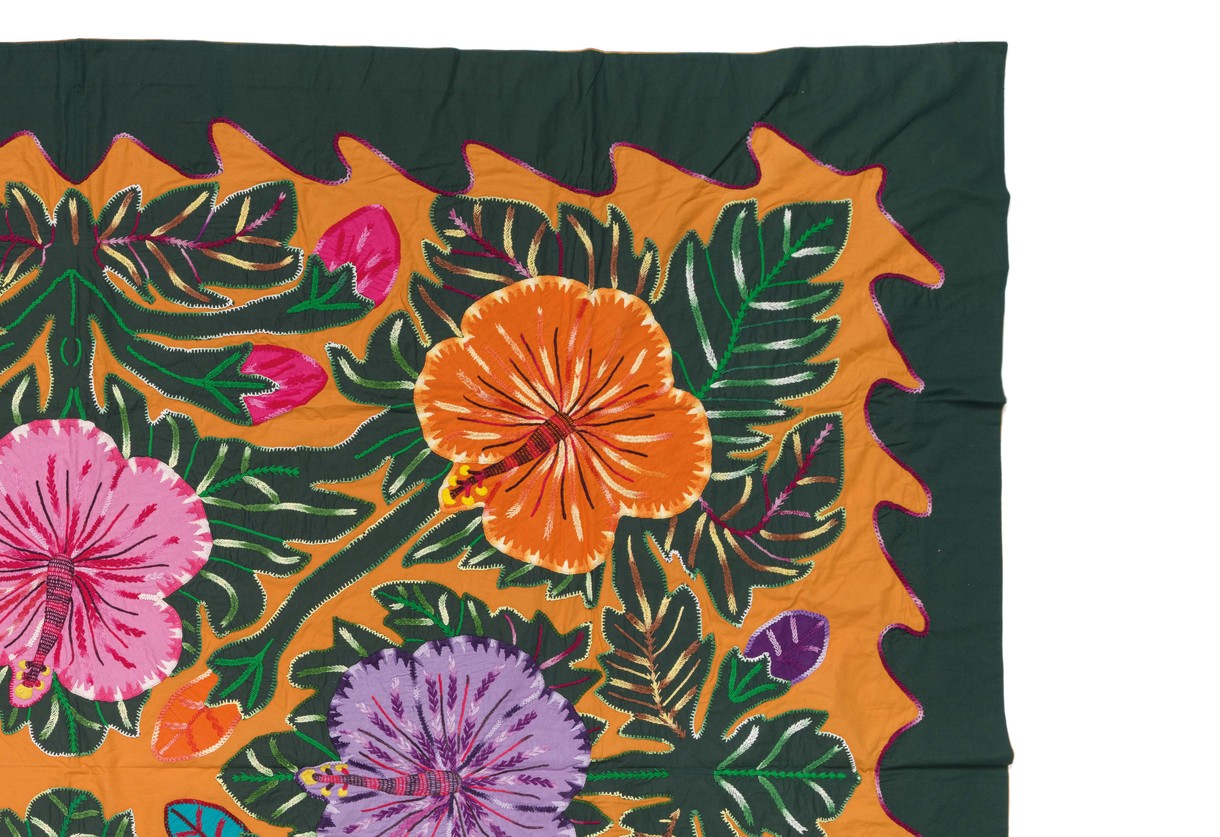
Looking After Your Taonga
How do you care for textile-based artworks if you have them at home? Bulletin asked some experts for their tips and advice.
Commentary
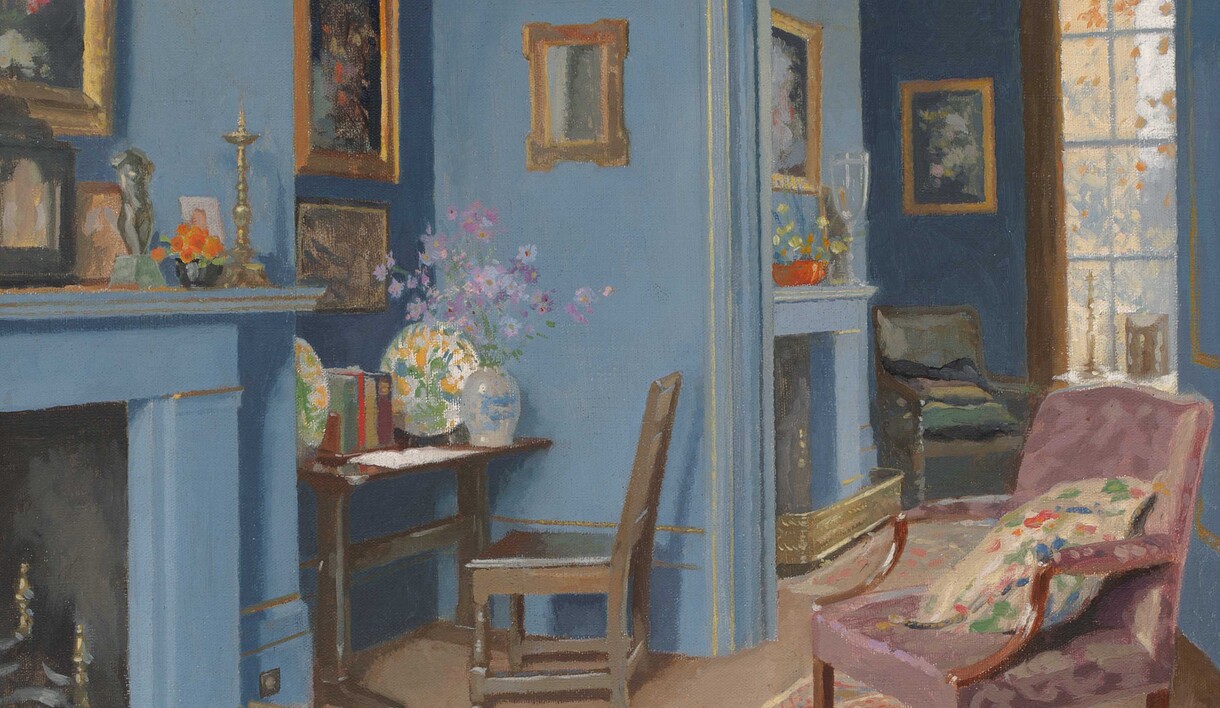
Safe Houses, Comfort Zones
In an age of crisis and pandemic, our basic human need to remain safe has seen living spaces transformed into protection zones and shells to pull back into. So it is perhaps unsurprising to see pictures of domestic interiors charging up differently, re-emerging as sites of refuge, confinement and familiar disarray. Here curator Ken Hall looks at two works from the exhibition Persistent Encounters.
Commentary
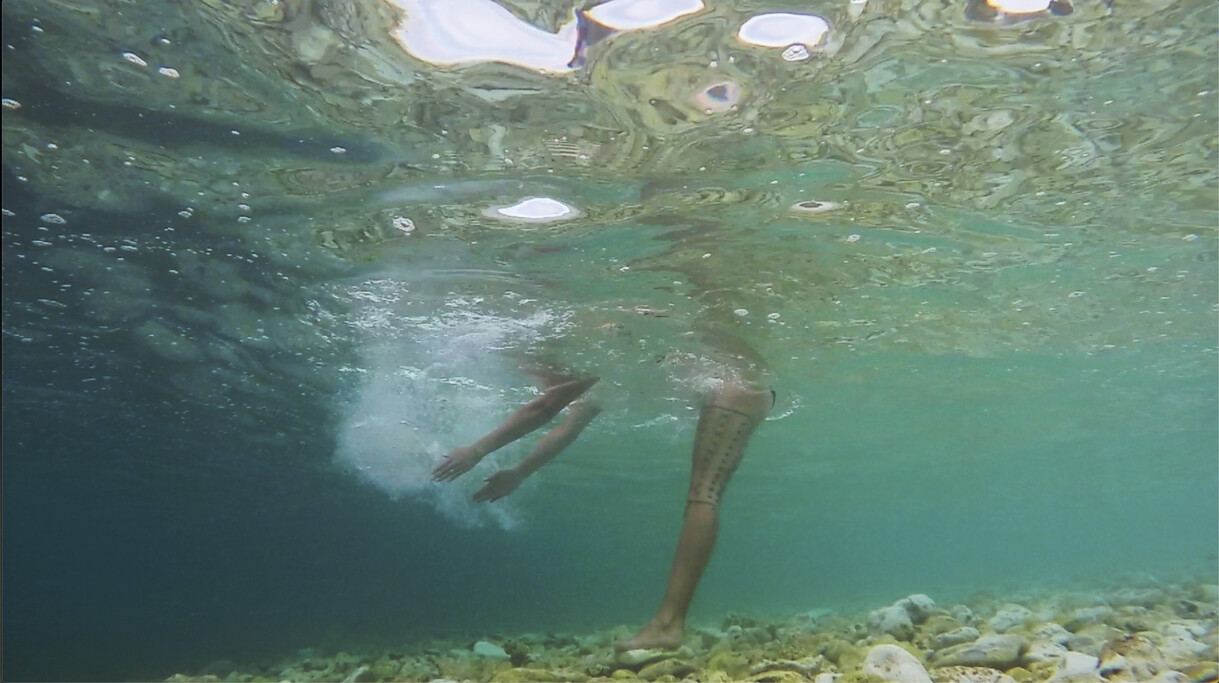
Te Wheke: Pathways Across Oceania
Every few years, the curatorial team at Christchurch Art Gallery Te Puna o Waiwhetū embarks on a major rehang of the first-floor collection area. It’s no small undertaking finding fresh ways to combine long-held, well-known works and new acquisitions, looking for combinations that will offer compelling viewing, immersive storytelling and intellectual engagement to our wide and evolving visitor base. This time, director Blair Jackson added another dimension to our task, challenging us to reimagine the physical orientation of the spaces to encourage visitors to interact with the architecture in a completely different way.
Commentary

Curating Oceania
The idea for an exhibition of Oceanic art originated from the Royal Academy itself, proposed in 2012 by its then artistic director Kathleen Soriano, an Australian. The exhibition was imagined to fit within the Academy’s occasional programme of ‘civilisation’ or ‘world art’ exhibitions, inaugurated in 1996 with the ground-breaking Africa: Art of a Continent, and followed by exhibitions such as Aztecs (2002), China (2005), Byzantium (2009) and others. These exhibitions sat among the gallery’s more usual fare of historical European, modern and contemporary art.
Commentary

Post Hoc
It is mid-summer in Venice, and the pervasive cacophony of cicada song cuts through the heat and oppressive humidity. New Zealand’s presence at the 58th International Art Exhibition – La Biennale di Venezia is housed within the former headquarters of the Instituto di Scienze Marine, the Palazzina Canonica. Located on the Riva dei Sette Martiri, on the southern edge of the island, it is only a few hundred metres to the entrance of the Biennale’s Giardini, with its permanent national pavilions.
Commentary

Raising a Glass
Bill Culbert died aged 84 on 28 March this year at his home in the Vaucluse region of Provence. Built from dilapidated farm buildings on a small hilltop at a deserted hamlet called Croagnes, it’s a home that he and his wife Pip began to establish in 1961. Then, the region was a sparsely populated economic backwater – the Culberts bought the hilltop buildings for just £100. In the valleys and on the surrounding slopes were a few small vineyards and farms. A 1962 painting, Gerard Going to Work, shows their neighbour, the farmer Felix Gerard, trudging off down the stony hillside wearing a wide- brimmed hat like the one worn by Vincent van Gogh at Arles.
Commentary
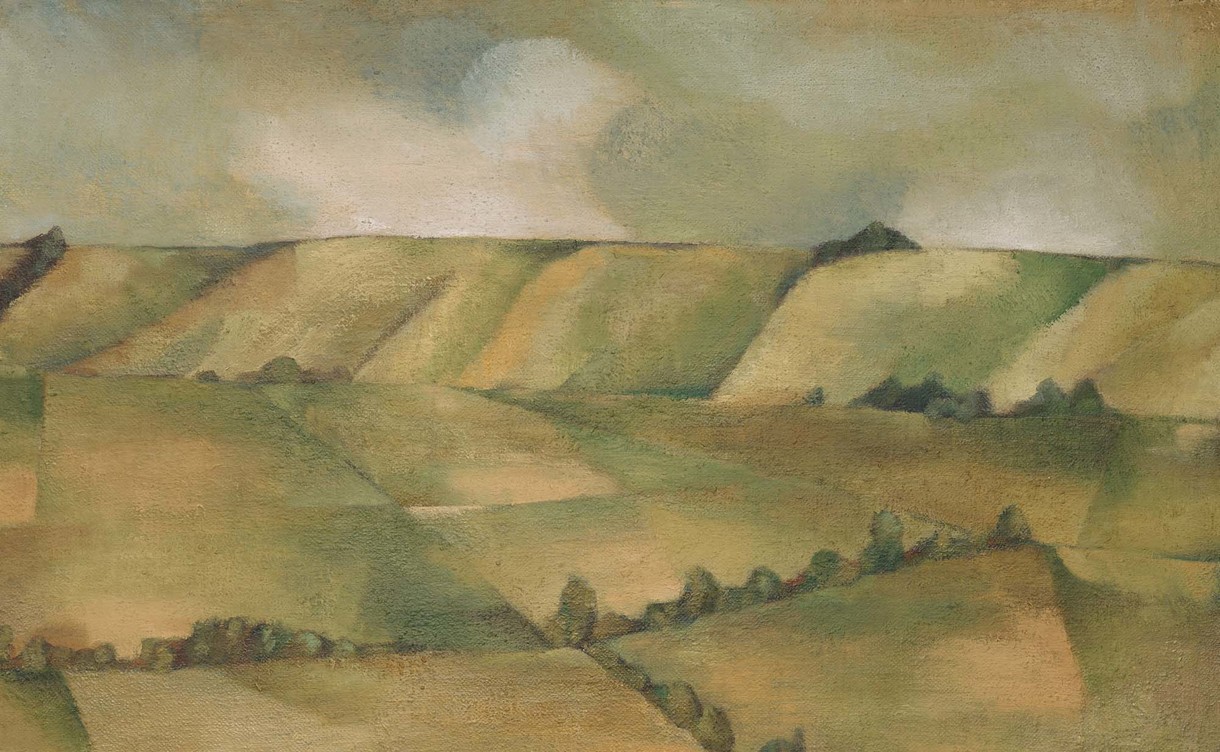
What We Talk About With McCahon
Where to begin when writing or talking about Colin McCahon? I remember seeing one of his paintings for the first time, a North Otago landscape painted deep green with a sunless white sky on a piece of hardboard, hanging at the Forrester Gallery in Ōamaru while on a family trip when I was a young teenager. I felt like I recognised the landscape depicted from what I saw around me growing up, but I hadn’t seen it reduced to something so stark and primal before.
Commentary

Power and Possibility
Jonathan Jones, art critic for the Guardian newspaper, described it as “a spectacle that displays the power and mystery of our planet”. Made more than forty years ago, Walter De Maria’s 1977 sculpture The Lightning Field remains one of the world’s most ambitious manifestations of light-based art.
Commentary
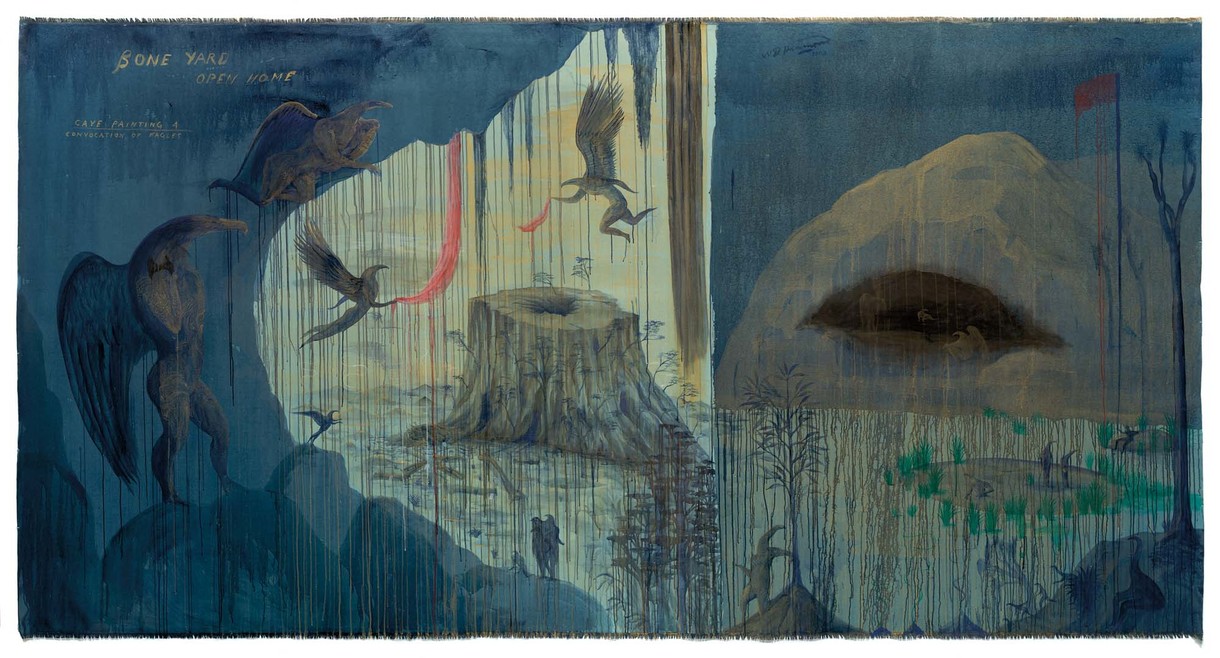
Doctor Jazz Stomp and the Webb Lane Sound
“Bill Hammond is long, lithe and tired, and was born several years ago. Is currently pursuing a Fine Arts course and trying hard to catch up. He is deeply interested in the aesthetic implications of sleep, sports the Rat-Chewed Look in coiffures for ’68, and dreams about blind mice in bikinis. He has never been known to sing outside the confines of his bedroom. Shows a marked but languid preference for the subtle textural nuances and dynamic shadings of washboard, cowbell, woodblocks, claves, cymbal, spoons, thimbles, tambourine, and the palms of the hands in percussive contact.”
